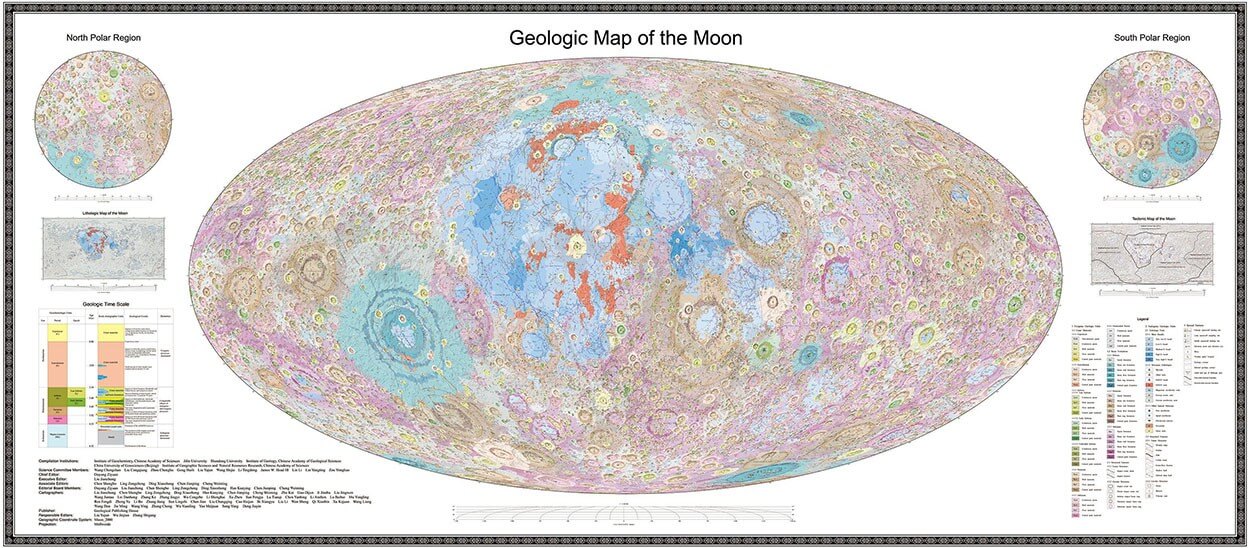Preparing to Raise Debt or Equity Financing
Once a start-up’s financial needs exceed what personal funds, friends and family, and bootstrapping can provide, debt and equity are the two most common sources of funds. The most important thing an entrepreneur must do at this point is determine p...
Read more ››
Sources of Personal Financing
Typically, the seed money that gets a company off the ground comes from the founders’ own pockets. There are three categories of sources of money in this area: personal funds, friends and family, and bootstrapping.
1. Pe...
Read more ››
52 Tips for Losing Weight
A Tip a Week
If you add one of these tips a week to your daily routine, in one year you will have developed some very healthy habits!
1. Eliminate one tablespoon of fat a day and you will lose 10 pounds in a ye...
Read more ››
Shield your brain from decline
Use the SHIELD acronym to remember the lifestyle habits that will help protect your memory and thinking skills.
We are making encouraging progress in finding medications that prevent or even reverse cognitive decline. Until we get there, however, ...
Read more ››
Finding the Right Business Partner
One thing that becomes clear to many potential business founders, while conducting organizational feasibility analysis, is that they need one or more partners to help launch their business. You might be a Web developer who has a great idea for a Web ...
Read more ››
Learning how to meditate
Meditation has been practiced for thousands of years and it continues to grow in popularity. This mindful practice can help aid anxiety and depression, chronic pain, cancer, bowel diseases, high blood pressure, insomnia, addiction and so much more.
...
Read more ››
![Learning how to meditate Learning how to meditate]()
CREATING A NEW-VENTURE TEAM
Those who launch or found an entrepreneurial venture have an important role to play in shaping the firm’s business concept. Stated even more directly, it is widely known that a well-conceived business plan cannot get off the ground unless a firm ha...
Read more ››
![CREATING A NEW-VENTURE TEAM CREATING A NEW-VENTURE TEAM]()
Six distinct ways of making money online
Six distinct ways of making money online (the way an online company makes money largely defines its business model)
1. Affiliate programs
An affiliate program is a way for online merchants, like 1-800-FLOWERS, ...
Read more ››
COMPETITOR ANALYSIS
After a firm has gained an understanding of the industry and the target market in which it plans to compete, the next step is to complete a competitor analysis. A competitor analysis is a detailed analysis of a firm’s competition. It helps a firm u...
Read more ››
Maintaining positive thoughts
• E. G. S. Emotional Guidance System - Your inner guide
It is said that the average human being has approximately 64,000 thoughts per day. Protecting all of your thoughts 24 hours a day can be a full-time job. There is a better way to gauge how ...
Read more ››
TECHNIQUES FOR GENERATING IDEAS
In general, entrepreneurs identify more ideas than opportunities because many ideas are typically generated to find the best way to capitalize on an opportunity. Several techniques can be used to stimulate and facilitate the generation of new ideas f...
Read more ››
The 3 sources of business ideas
1. Observing Trends
The first approach to identifying opportunities is to observe trends and study how they create opportunities for entrepreneurs to pursue. The most important trends to follow are economic trends, social trends, ...
Read more ››
![The 3 sources of business ideas The 3 sources of business ideas]()
Success depends on Well Concentrated Efforts
The Successful Lives Are the Concentrated Lives.
Concentration means success, because you are better able to govern yourself and centralize your mind; you become more in earnest in what you do and this almost invariably improves your chances f...
Read more ››
Giving thanks can make you happier
Each holiday season comes with high expectations for a cozy and festive time of year. However, for many this time of year is tinged with sadness, anxiety, or depression. Certainly, major depression or a severe anxiety disorder benefits most from prof...
Read more ››
Study shows the power of 'thank you' for couples
Gratitude has been a trendy sentiment in recent years – sparking an industry of journals, knickknacks and T-shirts touting thankfulness as a positive force in individuals’ lives.
New research suggests that gratitude from one’s partner may be...
Read more ››
Mini relaxation technique to overcome grief
Dealing with grief and loss is extremely stressful. During this time it may help to take mini-relaxation breaks. If you have three minutes, try this: While seated, take a break to check your body for tension. Relax your facial muscles and allow your ...
Read more ››
![Mini relaxation technique to overcome grief Mini relaxation technique to overcome grief]()






































